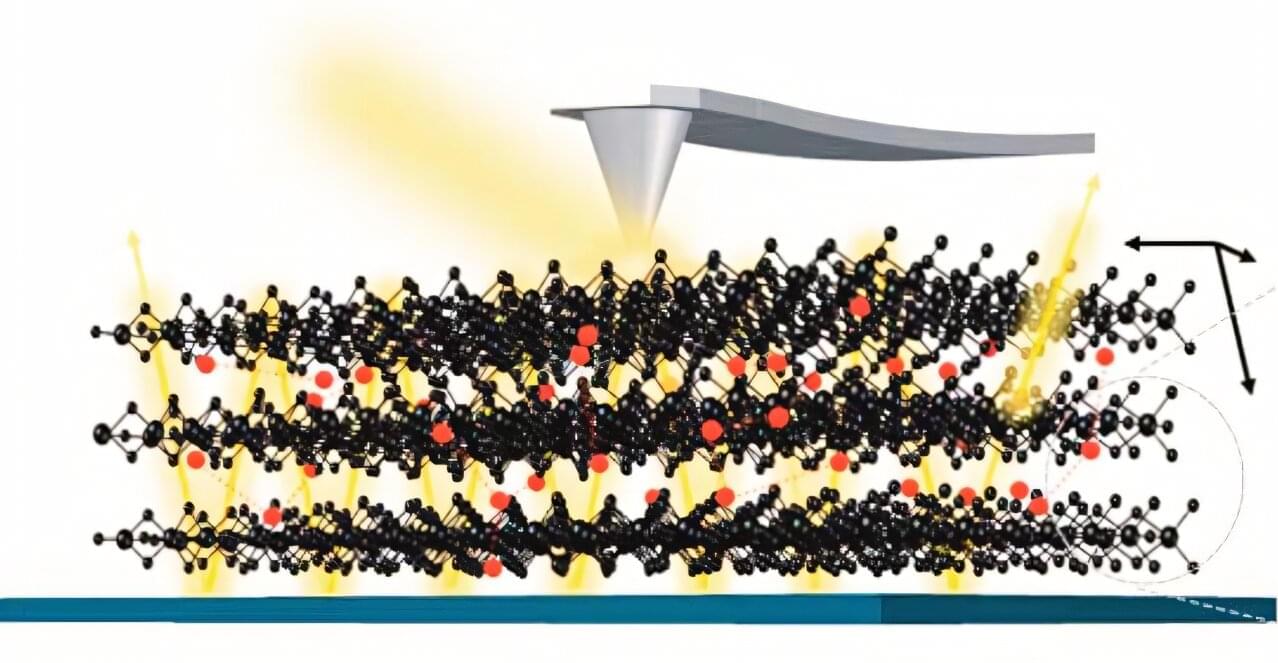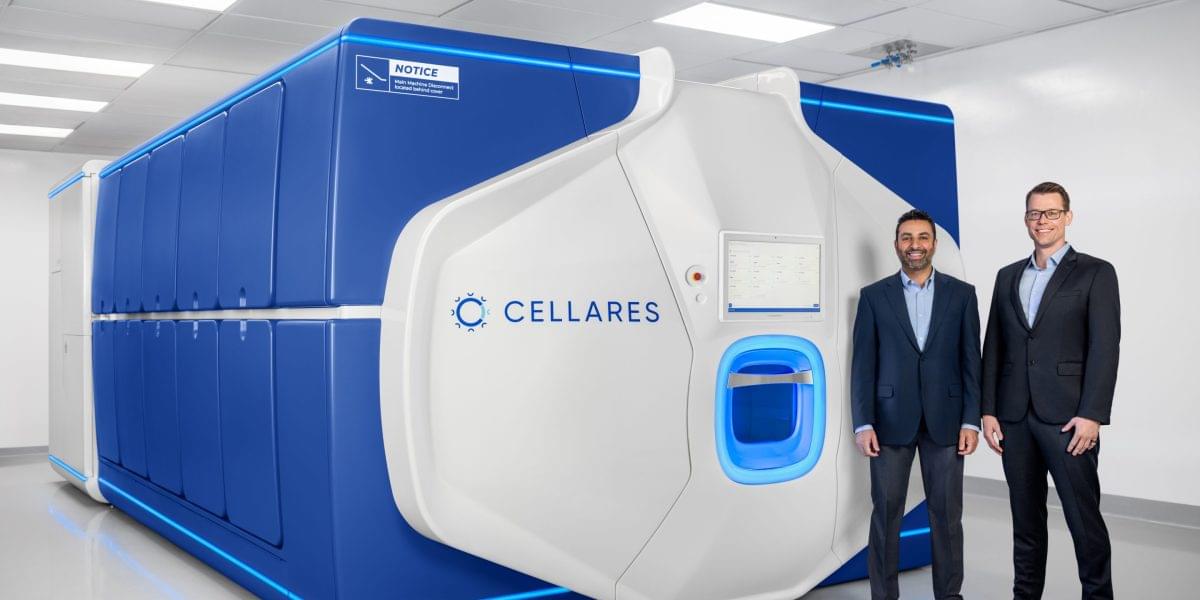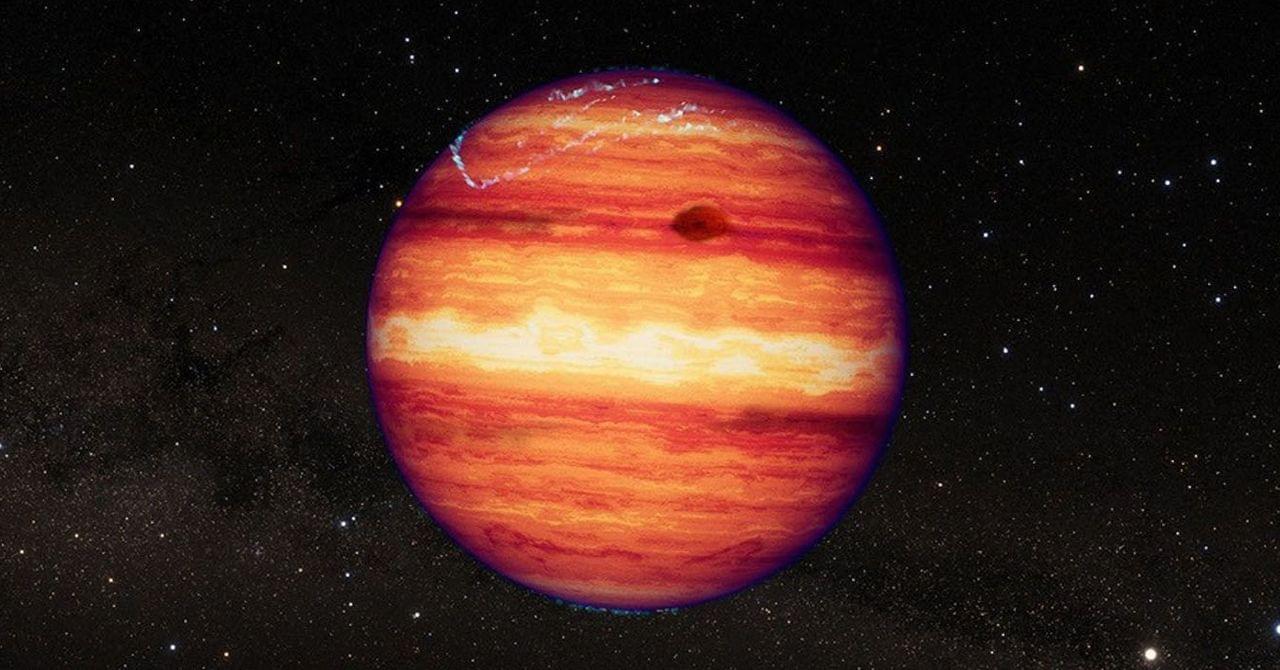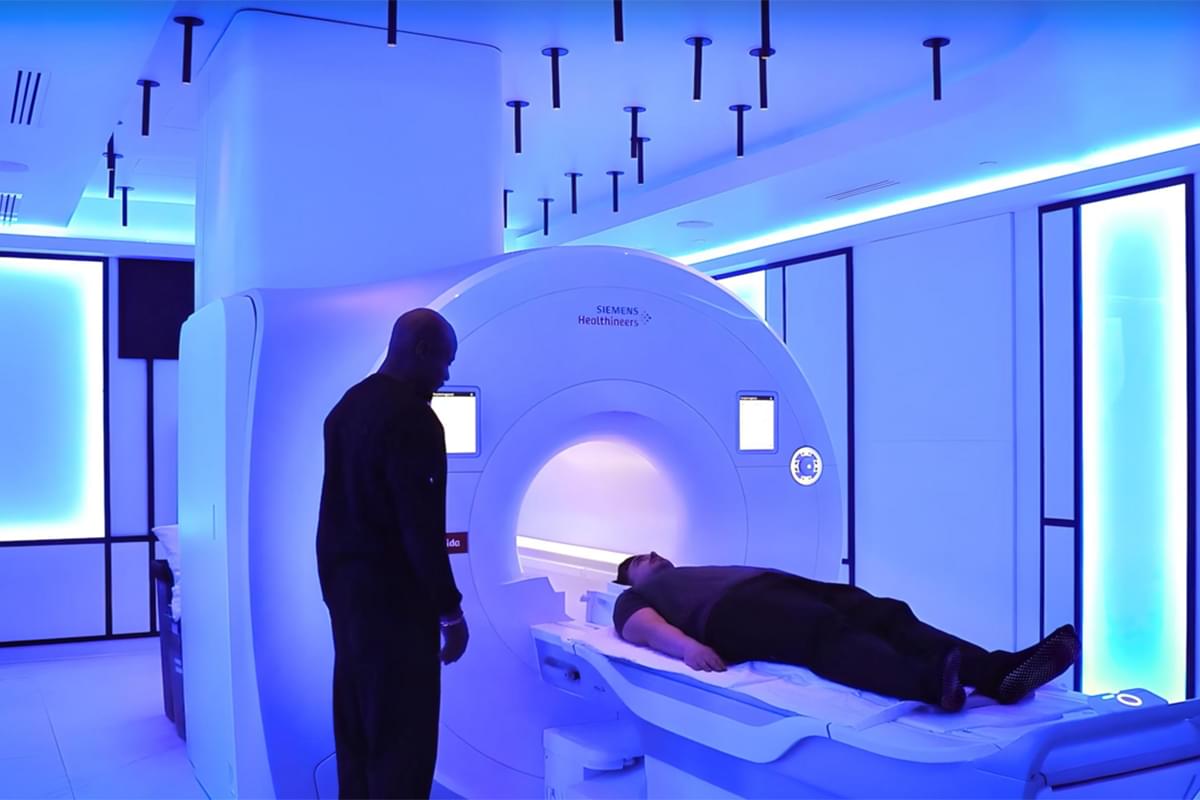Did apes get high on mushrooms and accidentally invent consciousness? We talked to scientists to find out.



For as long as we’ve been building computers, it feels like we’ve been speaking the same language — the language of bits. Think of bits as tiny switches, each stubbornly stuck in either an ‘on’ or ‘off’ position, representing the 1s and 0s that underpin everything digital. And for decades, refining these switches, making them smaller and faster, has been the name of the game. We’ve ridden the wave of Moore’s Law, achieving incredible feats of computation with this binary system. But what if, perhaps, we’ve been looking at computation in just black and white, when a whole spectrum of possibilities exists?
Bravyi, Dial, Gambetta, Gil, and Nazario from IBM Quantum in “The Future of Quantum Computing with Superconducting Qubits” say.
For the first time in history, we are seeing a branching point in computing paradigms with the emergence of quantum processing units (QPUs).
A visionary who predicted the internet and smartphones is now making an even bolder claim about the future of humanity. Revolutionary technologies could soon make immortality a reality.

A research team led by Professor Hyung-Joon Shin from the Department of Materials Science and Engineering at UNIST has succeeded in elucidating the quantum phenomenon occurring within a triangular cluster of three water molecules. The work is published in the journal Nano Letters.
Their findings demonstrate that the collective rotational motion of water molecules enhances proton tunneling, a quantum mechanical effect where protons (H+) bypass energy barriers instead of overcoming them. This phenomenon has implications for chemical reaction rates and the stability of biomolecules such as DNA.
The study reveals that when the rotational motion of water molecules is activated, the distances between the molecules adjust, resulting in increased cooperativity and facilitating proton tunneling. This process allows the three protons from the water molecules to collectively surmount the energy barrier.

Metals, as most know them, are good conductors of electricity. That’s because the countless electrons in a metal like gold or silver move more or less freely from one atom to the next, their motion impeded only by occasional collisions with defects in the material.
There are, however, metallic materials at odds with our conventional understanding of what it means to be a metal. In so-called “bad metals”—a technical term, explains Columbia physicist Dmitri Basov—electrons hit unexpected resistance: each other. Instead of the electrons behaving like individual balls bouncing about, they become correlated with one another, clumping up so that their need to move more collectively impedes the flow of an electrical current.
Bad metals may make for poor electrical conductors, but it turns out that they make good quantum materials. In work published on February 13 in the journal Science, Basov’s group unexpectedly observed unusual optical properties in the bad metal molybdenum oxide dichloride (MoOCl2).

In a groundbreaking step toward sustainable energy, Helsinki has just unveiled the world’s largest heat pump, a game-changing system capable of providing heat to 30,000 homes. This massive infrastructure not only represents a technological breakthrough, but also signals a major shift in how cities can transition to greener energy sources. By harnessing renewable power and cutting dependence on fossil fuels, Finland is setting a new standard for efficient, low-emission heating solutions.



In an unprecedented move, precision medicine provider Human Longevity, Inc. (HLI) has effectively guaranteed its Executive Health Program members that it will prevent them from developing late stage prostate cancer. Such is the company’s belief in its preventive approach, it has announced it is committing $1 million for advanced treatment of any member diagnosed with stage four of the disease or higher while under its care.
Founded in 2013 by genomics pioneer Dr J Craig Venter, San Francisco-based Human Longevity Inc. (HLI) aims to extend human health and performance beyond the traditional focus on treating illness. By continuously analyzing health data from its clients, HLI seeks to identify potential health risks – such as prostate cancer – early, enabling targeted interventions to extend both healthspan and lifespan.
Leveraging data collected from more than 5,000 men over the past decade, HLI claims it has developed what it believes to be the most advanced algorithm for early prostate cancer detection. As preventive medicine continues to demonstrate its capacity to mitigate previously life-threatening conditions, will we see commitments of this nature emerging for more diseases?